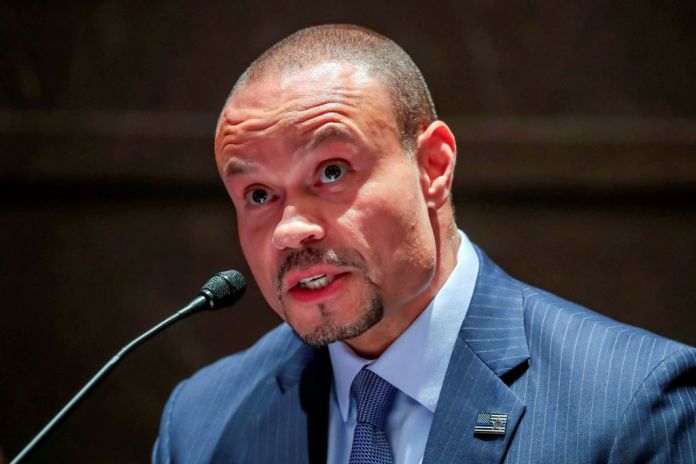Mortgage Buydowns: A New Trend for 2023?
With interest rates While the current rate hovers at around 7 percent in many places, lenders all across the country are reporting a rebound of the mortgage buydown—a plan that allows potential homeowners to save money on monthly mortgage payments.
A mortgage buydown, according to the National Association of Mortgage Brokers (NAMB), is a type of financing that has lower interest rates for at most a few years of the mortgage. They’re typically offered by the home seller or builder who contributes to an escrow account that subsidizes the loan during the first few years.
A 2-1 Buydown allows homebuyers to save interest rates on the first two years, but they will still have to pay full interest for the third year. A 3-2-1 Buydown is based on the same principle. You will pay lower interest rates for the first three years, and you will be charged full interest for year four.
“I’ve seen this a lot in the past, and it’s a way for the consumer to be able to purchase the home they want when increased interest rates would make their mortgage payments too high,” Ernest Jones Jr., President of the NAMB Board, said to The Epoch Times. “If the buyer is willing to offer the seller more for their home, the seller will sometimes make concessions in the form of a buydown. However, the home still has to appraise for the higher amount.”
If a buyer chooses a 2-1 Buydown, the interest rate will fall by 2 percent from the current rate the first year, and 11% the second year before rising back to the regular, permanent rate. In the event that the market’s interest rates drop by the third year, the buyer always has the option to refinance.
“Before this recent turn in the economy, most of the time, sellers didn’t have to make any concessions,” Jones said. “People were just rolling in and paying above market prices. Now, things are starting to change and sellers may be willing to help buyers more with the purchase, especially if they’re in a position where they need to move quickly.”
Builders are ahead
Jones explained that seller concessions can be limited by the down payment the buyer makes. Seller concessions are usually limited to 3 percent on most loans, unless the buyer pays 10-20 percent.
“I think we may start to see this more with new construction,” He stated. “Builders are in a better position because they control all of the costs.”
Jones noted that a buydown isn’t the same as an adjustable-rate mortgage, where the rate is fixed for a set period of time before adjusting to a variable rate.
He stated that once the market is stable, sellers might be less likely to offer concessions.
“In areas like Phoenix, where property values shot up substantially over the past two years, the home equity grew very quickly,” Jones said. “In cities where there has not been so much growth, and in rural areas, you’ll see less of this type of financing.”
Mo Hamideh is the branch manager at Nations Lending in Scottsdale. He has seen a lot more buydowns recently.
“Everyone seems to be asking for them, and I think the real estate agents have been overselling it as well,” He told The Epoch Times. “Buyers are looking for some relief with their monthly payments, but they still have to qualify at the higher payment levels.”
Hamideh’s team covers the entire Phoenix metropolitan area where new construction is rampant. Still, builders haven’t been able to keep up with the demand for housing, He stated. As a result, rents are also on the rise, as people who can’t find the home they want are forced to opt for an apartment.
“Like the rest of the nation, we still have an inventory issue here,” he said.
Arizona saw a large increase in home values over the past 2 years as more people from the Northeastern and coastal regions moved to the southern and western states looking for affordable homes.
“When interest rates were low, people were paying way over asking prices and waiving home inspections,” Hamideh said. “Now things are different, and buyers are actually able to negotiate with sellers.”
‘Just Like a Marriage’
Derek Fertig is the senior vice president of Fairway Independent Mortgage Corporation. He noted that mortgage buydowns can have pros and cons.
“They’re just like a marriage—for better or worse,” He told The Epoch Times. “Buyers can save money on their monthly payments for the first couple of years, but once the discounted rate period ends, their monthly payments could end up higher than what they expect. That could be a problem if their income drops since buying the home.”
Echoing Jones’s observation, Fertig said buydowns have been around for a long time, but the rising interest rates brought them to the forefront last year. Sellers will often choose to assist buyers with a mortgage purchasedown over lowering the home’s price.
“Buyers are basically paying attention to the dollar amount of payments,” Fertig said. “Their biggest concern is, ‘Is this house affordable for me?’ and if not, they won’t make the move.”
By offering credits toward a mortgage buydown, the seller doesn’t need to reduce the price of the home, and the buyer is able to more easily afford the payments for the next few years, he said.
Florida is known for its warm weather, but inventory in the state is low because potential homeowners are still flocking to the area.
“But we are starting to see that prices are no longer surging and sellers are more willing to negotiate,” Fertig said.
In south Florida, the average home price for a single family is $500,000.
Fertig is positive that interest rates will rise in the first quarter.
“The rates went up astronomically because inflation went up astronomically,” He stated. “When inflation starts to come down, I think we’ll see interest rates follow. Hopefully, we’ll end up somewhere in the low 5 percent range by midyear.”
" Conservative News Daily does not always share or support the views and opinions expressed here; they are just those of the writer."




